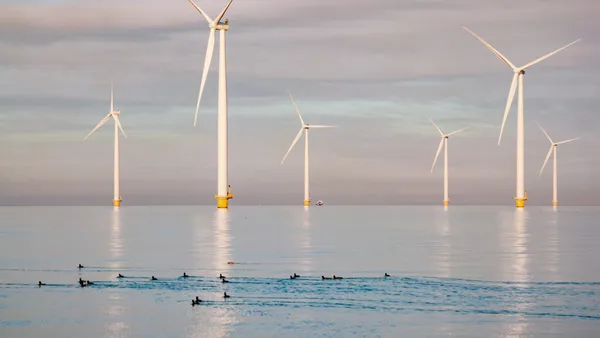Dive Brief:
- The Hawaiian Electric Co. (HECO), the state's dominant electricity provider, proposed ending retail net energy metering (NEM) and replacing it with an alternative tariff structure. The proposal was part of a Transitional Distributed Generation (TDG) program filed in January with the Hawaii Public Utilities Commission.
- Instead of being credited at the retail electricity rate of $0.295 cents per kilowatt-hour (kWh), Oahu solar owners would get a TDG-estimated tariff rate of $0.147 per kWh, Maui solar owners would go from $0.351 per kWh to $0.223 per kWh, and Hawaii solar owners’ credit would drop from $0.359 to $0.18.6 per kWh.
- HECO said the remuneration cuts are needed to protect grid reliability and fair cost allocation but solar advocates worry the new plan is an attempt to thwart the growth of distributed solar by degrading the value proposition. The PUC has given HECO and solar advocates until the end of June to reach agreement on a tariff or have one imposed.
Dive Insight:
Hawaii’s NEM policy has 88% of the utility’s ratepayers subsidizing the 12% who own its 51,000 have net metered systems, according to installer ProVision Solar President Marco Mangelsdorf. The utility’s concern about that shift of costs for system maintenance is reasonable, he told Utility Dive. “The cost of NEM was $38 million in 2013 and it is estimated at $53 million in 2014. These are not trivial dollars.”
To deal with increasingly high levels of solar penetration, the TDG program includes new inverter and distribution system technologies. “We are prepared to increase the circuit threshold from 120% of daytime minimum load (DML) to an unprecedented 250% of DML,” HECO’s Darren Pai told Utility Dive.
Hawaii has both the highest U.S. level of PV penetration and the highest U.S. cost of electricity.














